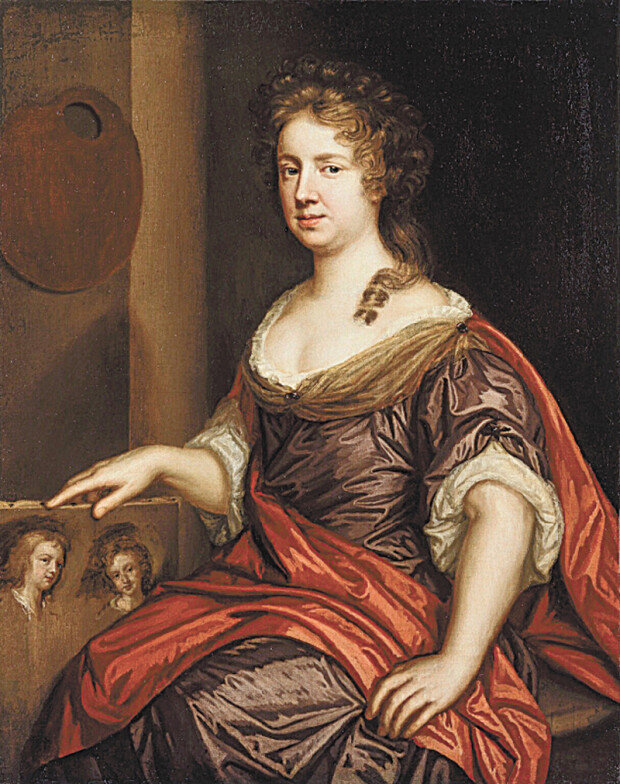The first female artist England
The first female artist England
Posted June. 02, 2022 07:41,
Updated June. 02, 2022 07:41

In the 17th century, it was impossible for women to receive regular education or get professional jobs. However, Mary Beale earned a reputation working as England’s first professional female artist. She was the breadwinner of her family by managing an independent studio and selling paintings. How was this possible?
Born in 1633 in Suffolk, England to a rector and amateur artist father, Mary Cradock learnt to paint from her father. After her marriage to Charles Beale, Mary Beale not only continued her career as a painter raising her three children but also won her fame as portraitist. She was neither accepted as a member of Painters’ Association nor had any noble supporters but was able to manage a private studio for over 20 years with success. Her pride and identity both as an artist and mother is well expressed in a self-portrait of herself. In her portrait, a palette hangs from the wall, and her right hand holding a small canvas that sketched faces of her two sons as practices. The self-portrait exhibits a faithful painter working intensely every day despite a married woman.
Mary Beale was a skillful strategist talented in creation as well as in sales. She chose to portray people with fame and authority and set the price of their portraits in advance such as 5 pounds for head portraits and 10 pounds for half-length portraits. She gained circa 200 pounds of revenue a year by selling the portraits, which was a big sum to support all her family. Mary Beale also left a written record of her oil painting techniques. In 1663, she wrote an article titled Observations which is the first guideline on oil painting techniques written by an English artist. Mary Beale’s husband who was also an amateur painter gave up his job to assist his wife when she became more successful than himself.
Mary Beale’s paintings received favorable comments of being “masculine,” which is the best compliment for a female painter during her times yet was also denigrated with the “heavy and stiff coloring.” Still, her customers continued. Everyone who knew Mary Beale of the time would all say she was a good oil painter and painted diligently. In the end, Mary Beale’s secret to success is her outstanding talents and her sincerity as shown in her self-portraits.







